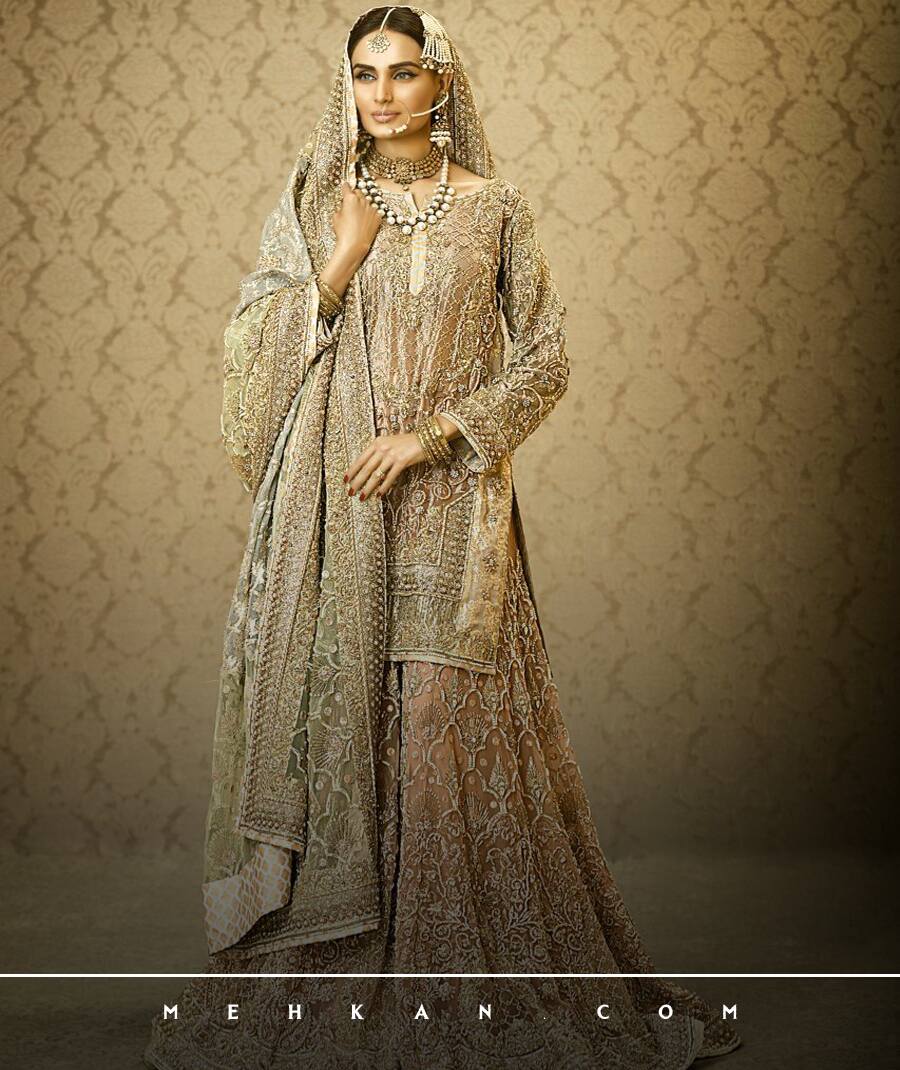
19 May Traditional Dress: Pakistani Shalwar Kameez
The shalwar kameez and dupatta are the traditional dress worn by men and women in Pakistan. The shalwar kameez is a two-piece garment consisting of loose-fitting pants and a long tunic, while the dupatta is a long scarf that can be draped over the head or worn around the neck. In this blog, we will explore the history and significance of these garments, as well as the variations in styles and designs.
History and Significance

The shalwar kameez has a long history in South Asia, with evidence of its use dating back to the Mughal Empire in the 16th century. It was originally worn by men, but over time, women began to adopt the garment as well. Today, it is the national dress of Pakistan and is worn by both men and women on a daily basis.
The dupatta, on the other hand, has a more recent history. It was introduced to the region during the colonial period and quickly became a popular accessory for women. While it is not an essential part of the shalwar kameez, it is often worn with the outfit for added modesty and elegance.
Styles and Designs

The shalwar kameez and dupatta come in a variety of styles and designs, reflecting the diverse cultures and regions of Pakistan. In general, the shalwar can be either loose-fitting or tapered at the ankles, while the kameez can be long or short, with different types of necklines and sleeves.
The dupatta can also vary in length and style, from a simple rectangular scarf to a heavily embellished piece of fabric. It can be worn draped over the head for modesty, or wrapped around the neck for added style.
In addition to these variations, there are also regional styles of shalwar kameez and dupatta. For example, the Sindhi shalwar kameez is known for its bright colors and intricate embroidery, while the Punjabi shalwar kameez is typically looser and more comfortable for everyday wear.
Pakistan’s rich cultural heritage is beautifully reflected in its traditional dresses, which are a vibrant celebration of colors, patterns, and intricate craftsmanship. In this blog post, we will explore Pakistan’s traditional dress, diving into its history, significance, regional variations, and timeless elegance. Join us on a journey to discover the cultural tapestry that is Pakistan’s traditional clothing.
A Glimpse into Pakistan’s Traditional Dress:

Pakistan boasts a diverse range of traditional dresses, each deeply rooted in the history and culture of its regions. From the graceful shalwar kameez to the regal lehenga choli and the intricate saree, Pakistan’s traditional cloth embodies elegance and sophistication.
The Significance of Traditional Dress in Pakistan:
Traditional dresses hold immense cultural significance in Pakistan. They are not merely garments but also a symbol of identity, heritage, and social occasions. Each region has its unique traditional dress that represents its distinct culture and traditions.
Regional Variations of Traditional Dress:
a. Punjabi :

The vibrant and colorful Punjabi dress, including the phulkari embroidery, reflects the exuberant spirit of Punjab. The traditional Punjabi salwar kameez is adorned with intricate thread work and vibrant patterns.
b. Sindhi :

The Sindhi dress showcases the artistry of the Sindhi culture. The traditional Sindhi dress, known as the ajrak, is a symbol of pride and heritage. It is characterized by intricate block printing and vibrant color combinations.
c. Balochi :
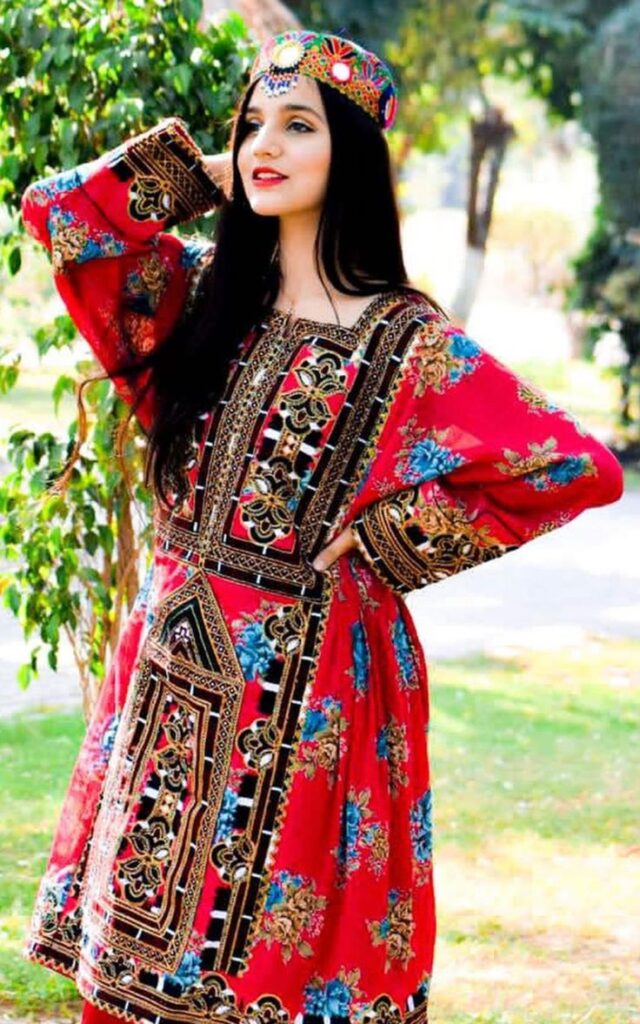
The Balochi traditional dress is known for its striking and intricate embroidery. The Balochi women wear a colorful dress called “Gresham” or “cheap” with exquisite mirror work and embroidery that showcases their craftsmanship and love for aesthetics.
d. Kashmiri :
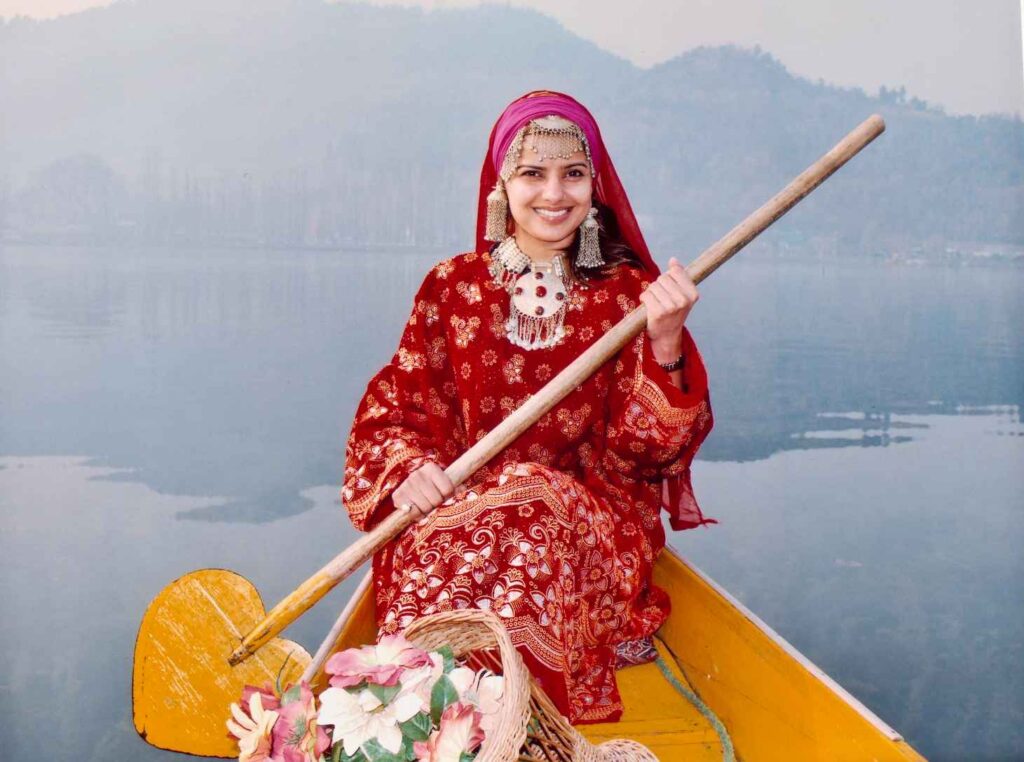
The Kashmiri dress reflects the beauty of the valley with its intricate embroidery, delicate handwork, and vibrant colors. The traditional Kashmiri dress, known as the pheran, is a loose, flowing garment that keeps the wearer warm in the region’s cold climate.
Timeless Elegance: Preserving and Adapting Traditional Dress:
Despite the evolving fashion trends, Pakistan’s traditional dress continues to be cherished and celebrated. The timeless elegance of traditional dresses has not only been preserved but also adapted to modern styles, incorporating contemporary elements while maintaining their cultural essence.
Embracing Pakistan’s Traditional Dress:

a. Occasions to Wear Traditional Dresses:
Pakistani weddings, festivals, and cultural events provide the perfect opportunities to embrace traditional dresses. From attending the Mehndi ceremony to celebrating Eid, traditional dresses are a symbol of pride and elegance
b. Styling Tips for Traditional Dress:
Pairing traditional dresses with complementary accessories such as statement jewelry, embellished footwear, and intricate hairstyles enhances the overall look. Experimenting with different draping styles, hairdos, and makeup can add a personal touch to the ensemble.
After All
The shalwar kameez and dupatta are an integral part of Pakistani culture and identity. While they have evolved over time, they remain a symbol of tradition and elegance. With their versatility and wide range of styles and designs, they continue to be a popular choice for both formal and casual occasions.

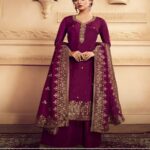

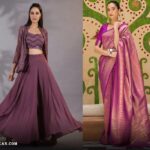
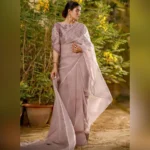
No Comments